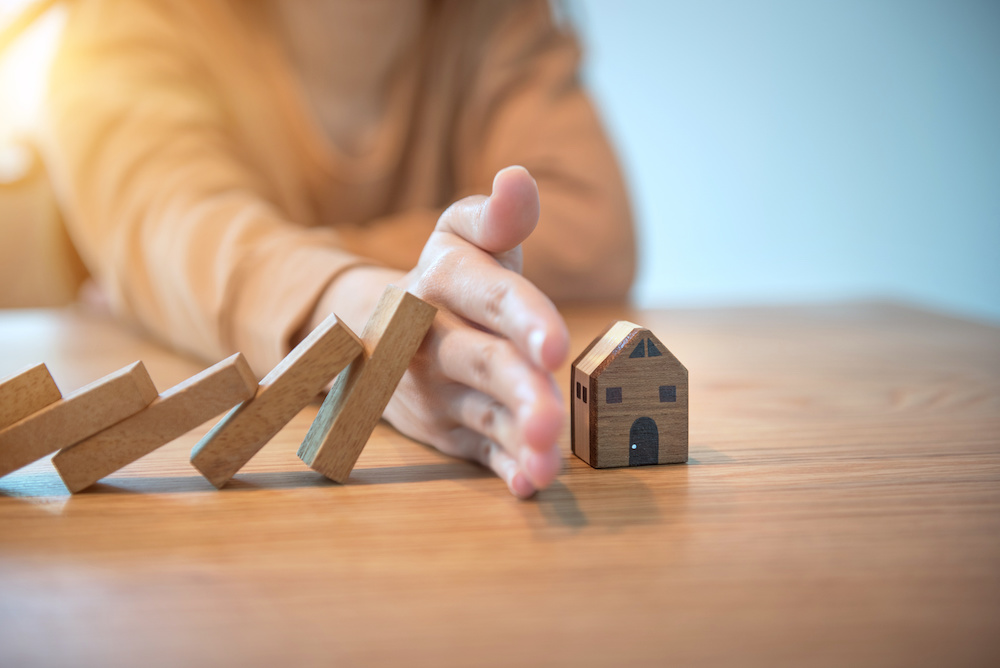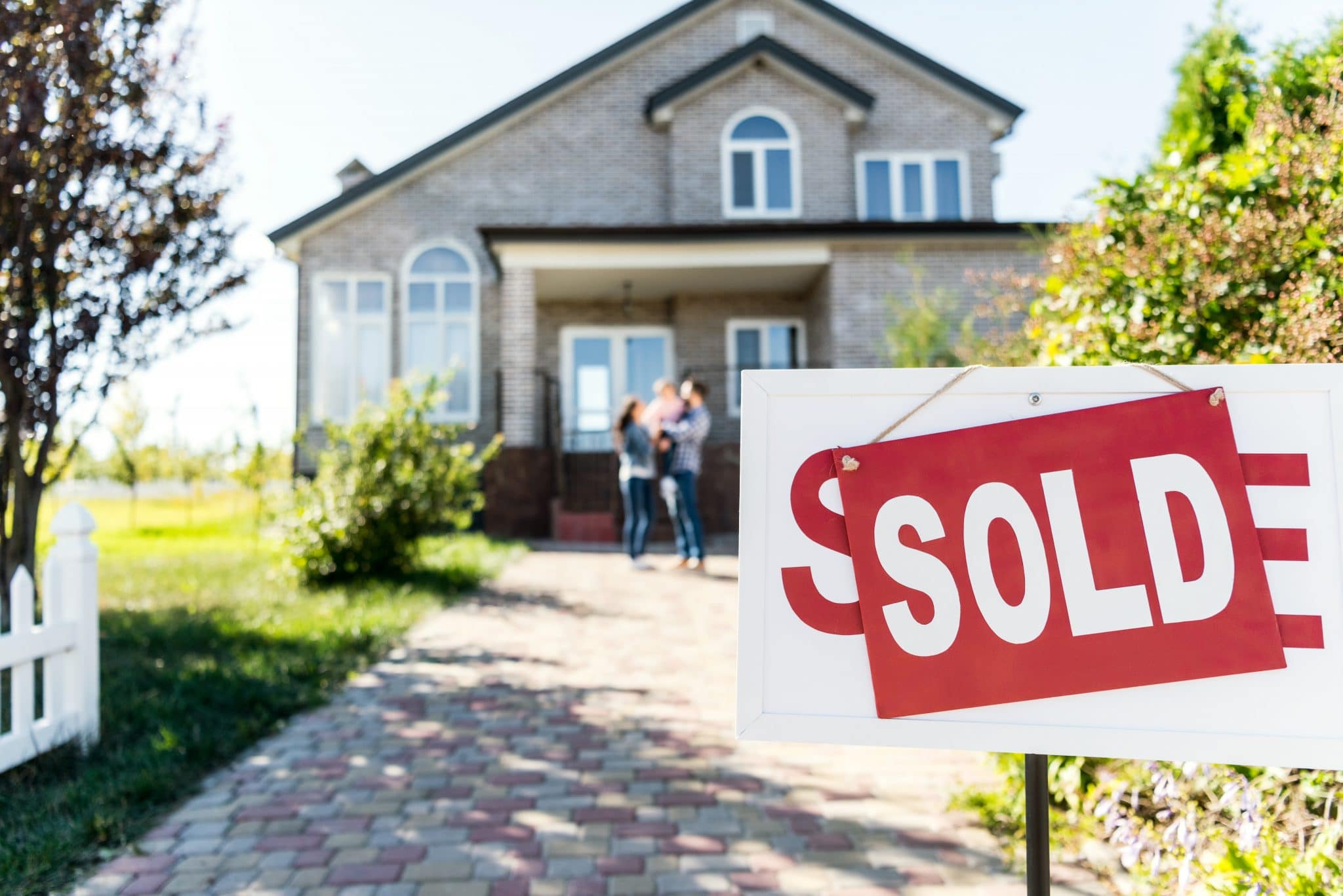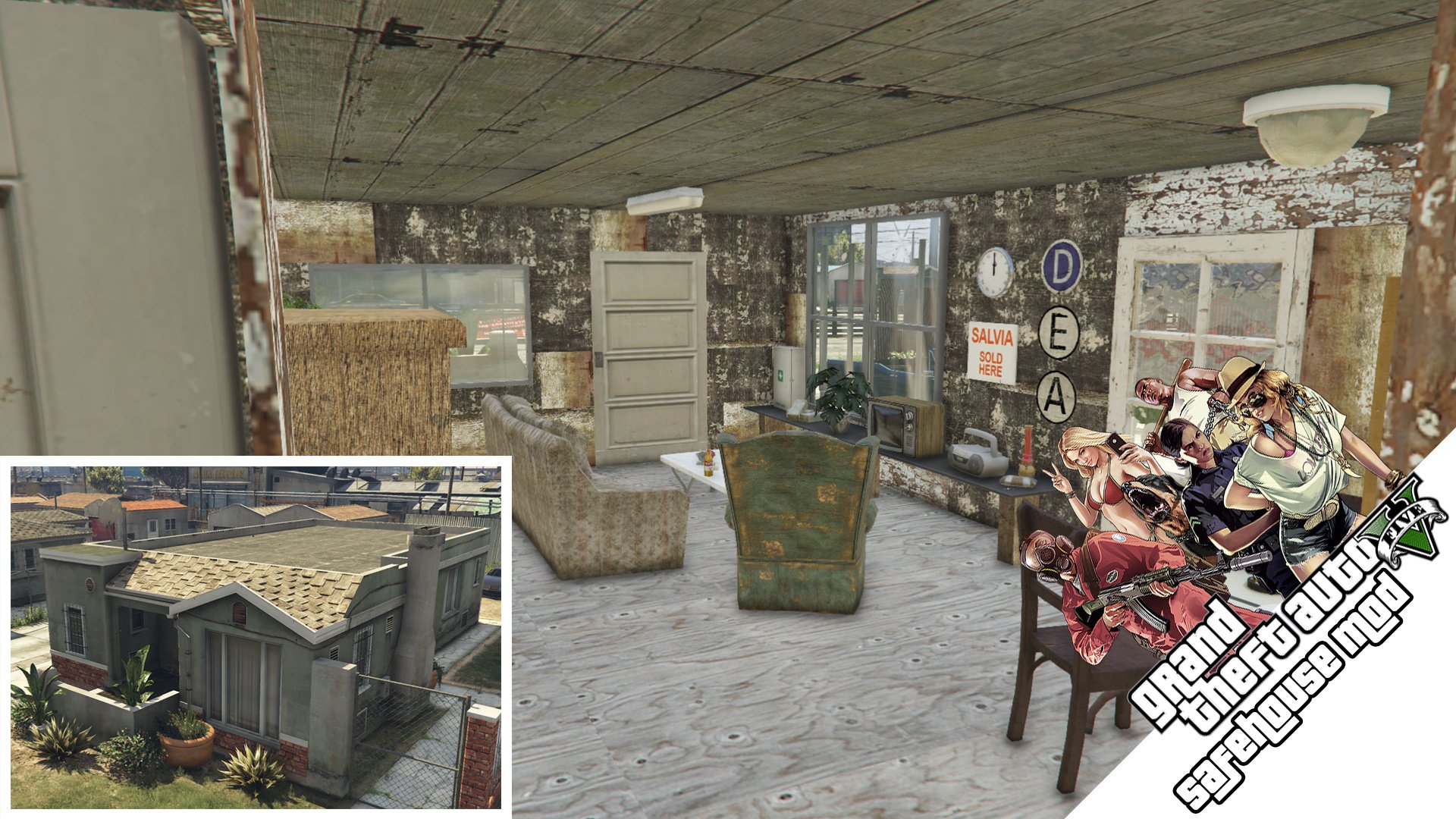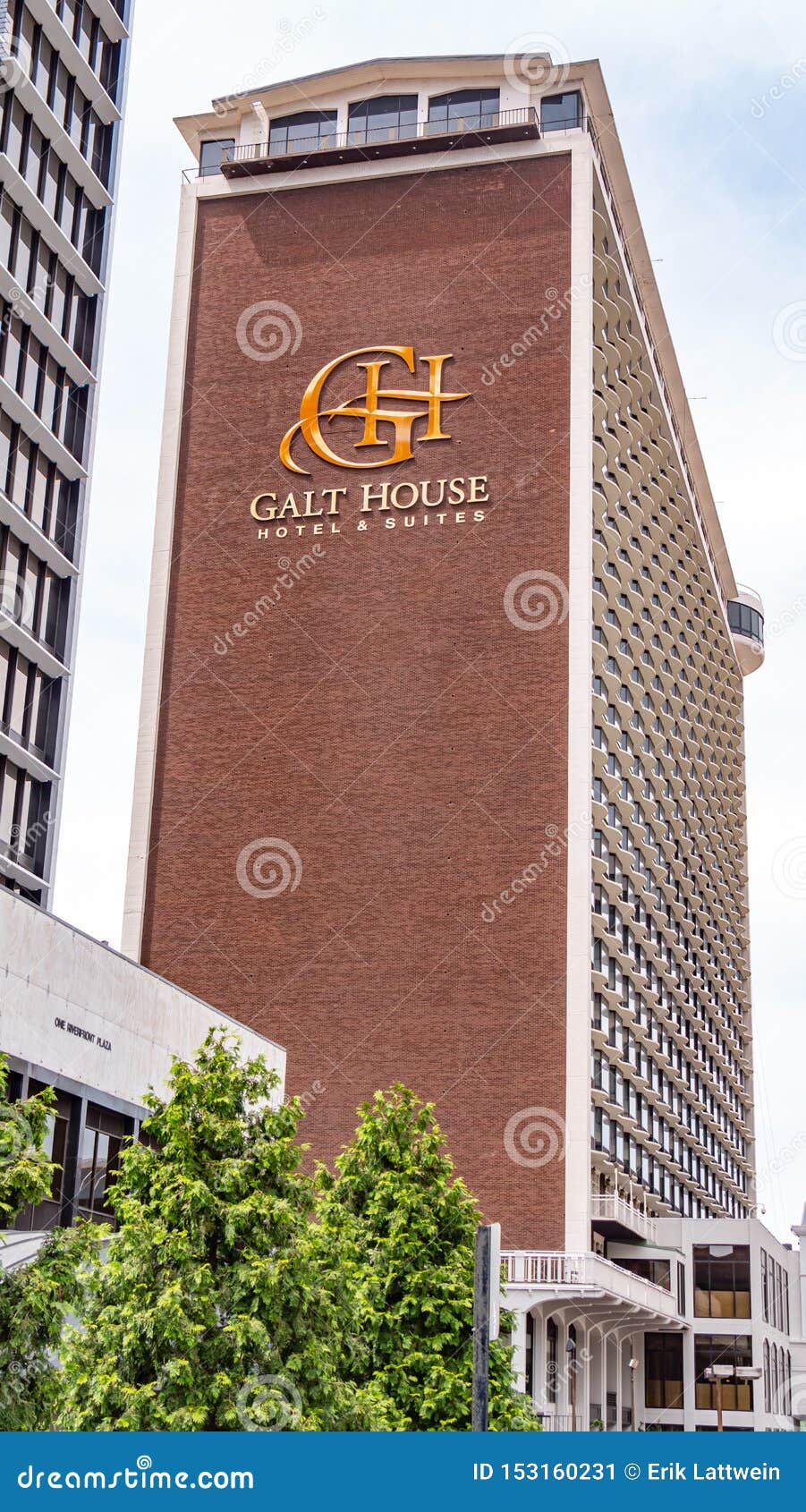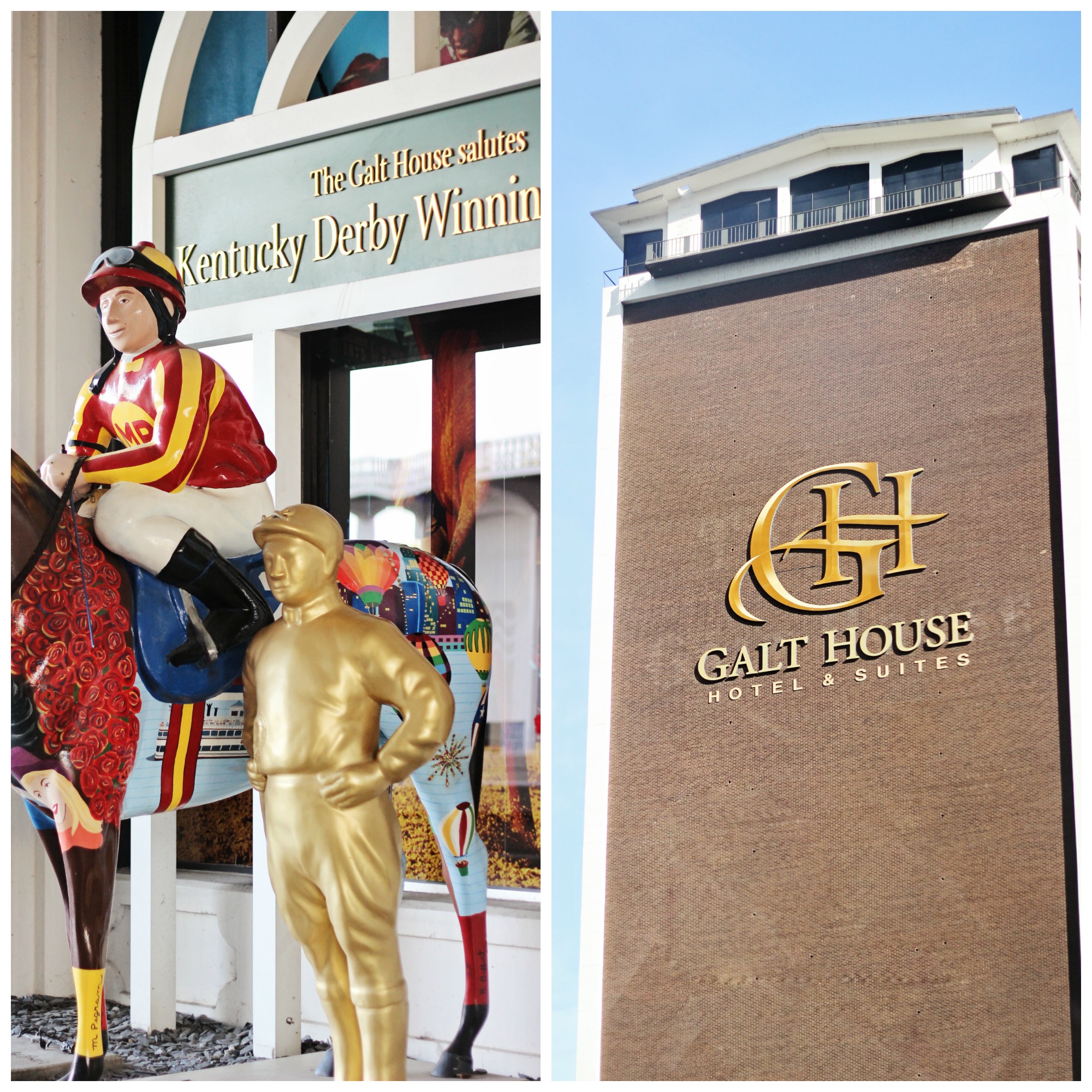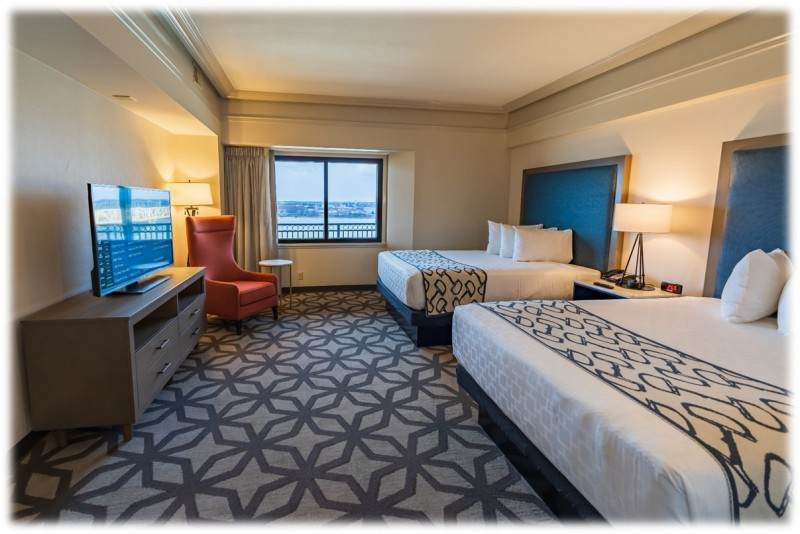Table Of Content
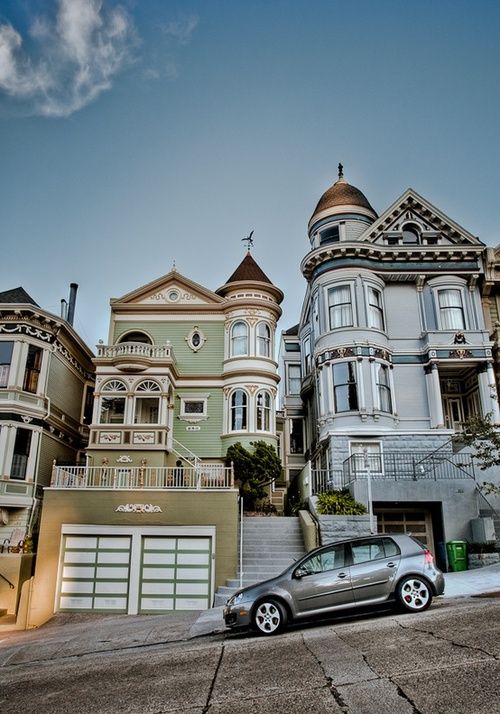
However, in general, the Folk Victorian style was a lot more simple, with just a few embellishments added to relatively basic structures. Unlike many other Victorian architectural styles that were known for asymmetry and eye-catching architectural additions such as turrets or towers, Folk Victorian homes were typically symmetrical and simple, according to The Craftsman Blog. A bit later in the Victorian time period — around 1880 to 1910, according to Home Reference — Folk Victorian was the style du jour. At first glance, you may not even group this particular architectural style in with the other styles prevalent in the Victorian period because it's visually quite different. Yes, there are some nods to previous styles, with ornate millwork and trim popping up here and there, and the quintessential Victorian porch also appearing on many of these homes.
A Brief History of Scent With Saskia Wilson-Brown
While Scottish architects pioneered this style it soon spread right across the United Kingdom and remained popular for another forty years. Its architectural value in preserving and reinventing the past is significant. Its influences were diverse but the Scottish architects who practiced it were inspired by unique ways to blend architecture, purpose, and everyday life in a meaningful way.
Queen Anne Victorian
After the Erie Canal was finished in 1825, the stonemason builders never left upstate New York. Instead, they took their skills and Victorian-era cleverness to build a variety of stately, rural homes. The James Coolidge Octagon House in Madison, New York is even more unique for 1850 because it is inlaid with cobblestones — another 19th-century fad in more rocky locales. Inspired by the architecture in Paris during the reign of Napoleon III, Second Empire is also known as the Mansard style. Almost from the beginning, the style was interpreted, through the use of ornament and windows, for simpler and smaller cottages.
Types of Victorian Style Houses
The most common variety of window popping up in this period was the sash window, which changed the game because it featured multiple glass panels on a track rather than panels opening on hinges. Sash windows were at that point one of the more common styles — they are most similar to the type of windows found on many properties today. According to Sash Window Specialist, these windows allowed for increased ventilation and natural light in the homes, always a perk to clear out the stuffiness of the home. If you prefer your Victorian homes with a bit more restraint in terms of ornamentation and decorative details, Italianate style properties just might be your dream spaces. According to Old House Online, this style reigned supreme in the early Victorian period, from roughly 1840 until after the Civil War, making this a popular choice before the Queen Anne craze took over.
However, many elements of what is typically termed "Victorian" architecture did not become popular until later in Victoria's reign, roughly from 1850 and later. The styles often included interpretations and eclectic revivals of historic styles (see Historicism). The name represents the British and French custom of naming architectural styles for a reigning monarch.
Fit for a Queen: Everything You Need to Know About Victorian-Style Houses

Painted Ladies Revisited…Inside and OutBy Elizabeth Pomada (Studio, 1989)Exterior and interior restorations on Stick, Eastlake, and Queen Anne houses. Many roof slates had fallen to the ground, and roof leaks had caused significant rot and interior water damage. Located in the South Bonnie Brae Historic district, this multicolored wonder is on the National Registry of Historic Places. Built in 1894, it perfectly exemplifies the Victorian dictum of “more is more,” and is a combination of Richardson Romanesque, Queen Anne, and Moorish Revival styles. For the new money of boomtown Los Angeles, this exuberant combination of styles helped signal to neighbors that the owner had really arrived. As with any house you decide to buy, there will undoubtedly be pros and cons.
Victorian Architecture: Characteristics, Influences, Ambassadors and Sights
Strictly speaking, a Victorian house is a home built during the Victorian era, when Queen Victoria ruled, between 1837 and 1901. But, while Brits tend to refer to those dates rigidly to determine what is and is not a Victorian house, Americans are a bit more fluid. The Eastlake style is recognized by its Gothic design with decorative shingles and trusses on the gable ends. It also boasts paneled brick chimneys that are inspired by the Queen Anne period. These types of Victorian houses often feature overhanging, second-story porches as their prominent design characteristic. The Second Empire style gained popularity between 1865 and 1880 in the late Victorian era.
It is considered a cousin to both the Prairie and Craftsman styles of architecture. Built by land baron Elias Jackson “Lucky” Baldwin, this delightful cottage is nestled in the Los Angeles Arboretum and Botanic Gardens. On the outside, the 1885, stick-style architecture makes this summertime playhouse look like it’s made of candy. The wraparound porch affords splendid views of what was once Lucky’s beloved Santa Anita Ranch. It was the center of many parties and romantic rendezvous during its prime, and is now open to the public through guided tours. Even if you never live in a Victorian home, that doesn't mean you can't incorporate some of the architectural details of the period.
Stained glass also came into wide use, with colorful windows lending beauty and atmosphere. Because of the historical aspect of the design style, the East Coast features Victorian homes like this much more commonly than the West Coast because of the movement to the Americas in history. In America, Victorian homes are mostly known for being more ornate, with multi-level houses featuring decorate exteriors from towering turret windows to mounted wooden latticework, such as the one below in Galveston, Texas. Builders added spindles or Gothic windows to simple square and L-shaped buildings.
Sure, you may not be adding gingerbread trim to every inch of your home's façade, but you can certainly consider a few embellishments to give your space that Victorian flair. Another distinction is the presence of strong, contrasting colors around windows — as per Landmark Services, black windows and black shutters were very popular. This is a stark contrast to many modern windows, which often feature simple white trim. The style was developed in Paris during Napoleon III’s Second Empire of France, then brought to the United States. Its most recognizable element is the mansard roof, a four-sided, gambrel-style hip roof that is named for the 17th-century French architect François Mansart, who popularized it. This type of roof allows for an extra level inside the home, like a functional attic.
Some key exterior features include steeply pitched roofs, towers, turrets, bay windows, multi-texture brickwork, and brightly painted exteriors. Wrap-around porches with ornate wood trim and gingerbread cutouts are also very typical. Stained and etched glass windows, including rounded bay windows, allowed more light into the home. On the interior, Victorian architecture embraced dark woods, heavy fabrics, intricate fireplace mantels, and decorative elements like ceiling medallions, carved newel posts on staircases, inlaid wood floors, and gilded picture frames. The Victorians felt free to mix and match historical architectural elements from previous eras. On the interior, the Victorian era favored increasingly specialized room functions.
This facilitates the recreation of ornamental wood trim, metalwork, custom windows, and other details. Advanced materials research also offers substitutes for traditional Victorian-era products – like durable polymer sidings that mimic wood or slate at lower cost and maintenance. More efficient glazing, heating, cooling, and lighting modernize sustainability. Smart home and IoT integration upgrade Victorian buildings for 21st-century connectivity and automation needs without altering inherent aesthetics.
A Victorian home in Sherman Hill goes on the market for $525,000 - Des Moines Register
A Victorian home in Sherman Hill goes on the market for $525,000.
Posted: Mon, 08 Jan 2024 08:00:00 GMT [source]
The advancement of building techniques, the increased accessibility of diverse materials and ideas via new railroad systems, and more widespread house pattern books also further popularized these home styles as well. The prevalence of dark, saturated colors is another reason that many Victorian interior spaces seem rather dark to modern viewers, who are accustomed to homes painted in airy shades of beige, white, or gray. This drama was enhanced with accompanying design features such as wallpapers and upholstery, all of which carried through those saturated, dark tones. In the early Victorian period, many homes had a three palette color scheme, according to Amy Wax, although this didn't mean choosing any three colors at random. Instead, selecting paint colors within a particular palette often involved using different shades of the same hue; for example, a sage green paired with a deep forest green and slightly less saturated hunter green.
"All colors have some amount of black added in a nod to the mourning of the Queen for her late husband," Ash adds. But if you have an affinity for open floor plans, you probably won't be looking at Victorians that aren't updated. You may feel overwhelmed by the outdated infrastructures in original homes, but for the right person, these residences can create an array of opportunities for design. As with any historic home, you may encounter issues such as outdated electrical wiring, more frequent repairs, and even asbestos or lead paint found in the home. This can increase the cost of updates you may need to make, depending on the state of the home you purchase.
Most Victorian-style houses you see today feature steeply pitched roofs, two to three stories, and elaborate decorative elements. The Victorians blended traditional craftsmanship, like ornate wood trim, with modern structural advances in iron, glass, and mass production. Architects today similarly integrate old and new – merging digital design with artisanal details. Victorian architects found inspiration in earlier Gothic, Italianate, and Tudor eras, freely adapting historical motifs like arches, ribbed vaults, and bay windows to create novel combinations. Post-modern architects similarly sample eclectically from the past while avoiding strict historical replication.

One of the reasons behind these multi-story structures is simple — a prioritization of social gatherings meant that Victorian homeowners wanted impressive homes to welcome guests in, hence the soaring exteriors (via Houzz). As MyDomaine explains, Victorian homes tended to have fairly high ceilings, which is one of the reasons so many Victorian architecture enthusiasts adore these structures. However, this prioritization of verticality meant that the soaring ceilings were typically accompanied by long, narrow rooms. This is definitely a stark contrast to many modern homes, which feature modest ceiling heights paired with sprawling rooms that stretch horizontally across the property, taking up a much larger footprint than their Victorian counterparts.
